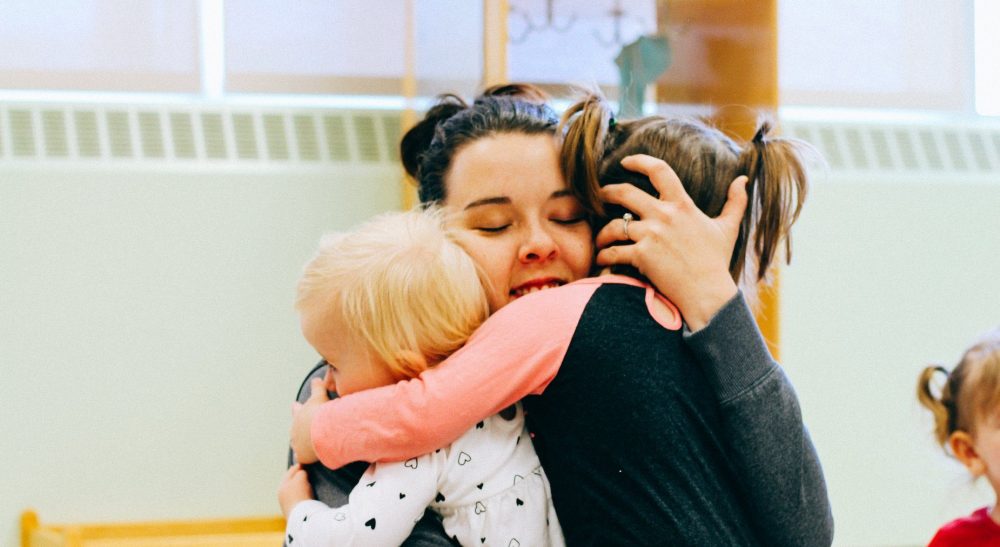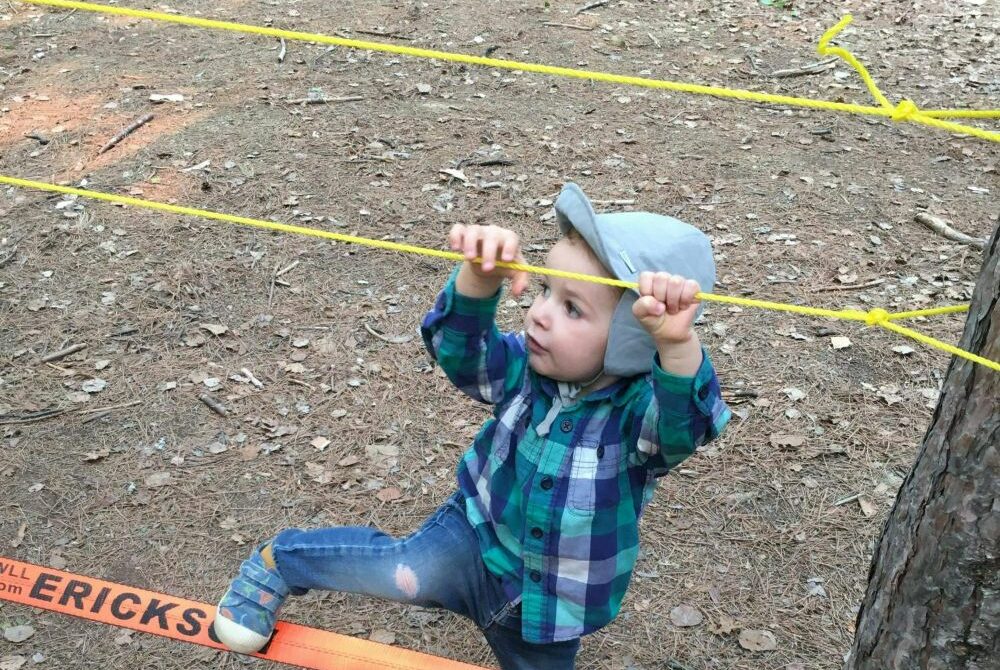Planting our feet in the ground in Sudbury East
Our little ones are planting, harvesting, and cooking their own food…
This year, the harvest of the St-Charles family group is plentiful. The recipe? Vegetables galore and passionate and committed educators. These are the only ingredients needed to help children discover the simple pleasures of life while teaching them healthy habits.
To mark the occasion, Stéphane Gauthier, Executive and Cultural Director at the Carrefour francophone, came to St-Charles to celebrate with the children. A baker in his spare time, Stéphane took the opportunity to light the bread oven and teach the children the process of making bread. He tells us about his day in this testimonial:
It’s a crispy and fresh fall Friday at Village des tout-petits. The children- knives in hand- are picking tomatoes from their garden. Their tongues sticking out, concentration is the name of the game here. They know exactly what they’re doing. Next, intrigued and filled with wonder, the children learnt how to knead the bread until it rises. Surprised by how sticky the dough is, they are able to form their own pieces of the dough once a pinch of flour has been added. We add them to a muffin tray, and then it’s into the oven!
What I find enchanting about this is that it was not an exceptional feat for them. These children had already harvested vegetables from their garden and incorporated them into their meals. In their capable hands, cucumbers have become pickles, both sweet and salty, and carrots have been transformed into jam. The carrot harvest was so bountiful that the cook, Michelle, stored the remainder of the carrots in the freezer. The children will be able to grab some for their lunches for weeks to come. I was given a taste of the pickles during lunch.
We were also treated to mashed potatoes, bacon, and cream, all prepared by the talented Michelle Bouffard! It was finger-licking good! At the end of the meal, the children wash their own dishes in a tub filled with soapy water. This increases their autonomy and teaches them self-sufficiency. Children also love doing it, because it gives them a chance to show what they are capable of.
We have Mélanie Raymond’s green thumb to thank for this project. Next summer, the children will try planting even more vegetables, as well as trying new varieties. Not far from the garden, another project is blooming; a community path that allows the children to spend their days outside in the forest.
While exploring this area with Joëlle Pothier, we discovered an enormous apple tree, which will allow us to pick enough apples to make juice and compote. As Marie-Claude and Chantale tell me, the new educator at Village des tout-petits, Shelly, has a particularly strong affinity for such projects. With her help, there is an autumnal celebration in the works. More fires are being lit in the oven; a gazebo is on its way. The warm feeling of community and the smell of fresh bread is practically tangible here.
Art and Traditions : An Afternoon of Smudge and Music With Our Friends From the Louis-Riel Centre
It’s the afternoon of December 8 and after naptime, the children get out of bed and start getting ready. We dress warmly because snack time is outside today.
Is everybody ready? Then it’s off to the Aboriginal Pavilion at Collège Boréal! A quick walk and we are there.
Our friends from the Louis-Riel Centre are joining us: Rick Meilleur, Éric Dupuis, and Sharon Gauthier. Familiar faces for the kids. Rick welcomes us warmly and guides the children to the tepee. We can see the sky through the opening at the top. This same opening lets the smoke from the fire escape.
It’s time to start the smudge. The children and educators gather inside the tepee. Rick holds out a bowl with sage inside, explains the definition of this traditional herb, and asks the children to repeat it slowly. “Sa-ge.”
The smoke triggers something in a few participants; they cherish the memory of a previous smudge. Now it’s time to burn the sage. Rick encourages us to express our gratitude for all that surrounds us and to thank Mother Nature. We use our hands to pass the smoke over our faces, our heads, and our bodies. We purify ourselves and make room for good energies. Rick goes around the teepee to make sure all the participants have their turn.
After the smudge, Sharon suggests we go play some music. Our budding artists never say no to a musical improvisation session! So it’s time to meet in the Louis-Riel Centre at Collège Boréal. We go back inside. We take off our boots, coats, mittens, and hats. The children discover the center joyfully. Musical instruments are ready for their eager little hands. And, off we go! In her suitcase, Sharon unveils her treasures; instruments and traditional clothes made of animal skins and furs. Something to awaken the children’s senses!
The coyote fur jacket is particularly thermal. We try it on for a few minutes, but we quickly take it off; it’s too warm! In addition to being beautiful, these skins are extremely effective at retaining body heat.
It was an educational and productive day at the Boréal des tout-petits centre! Thank you to our partners; the Louis-Riel Centre and Collège Boréal who helped organize these great activities for the children!
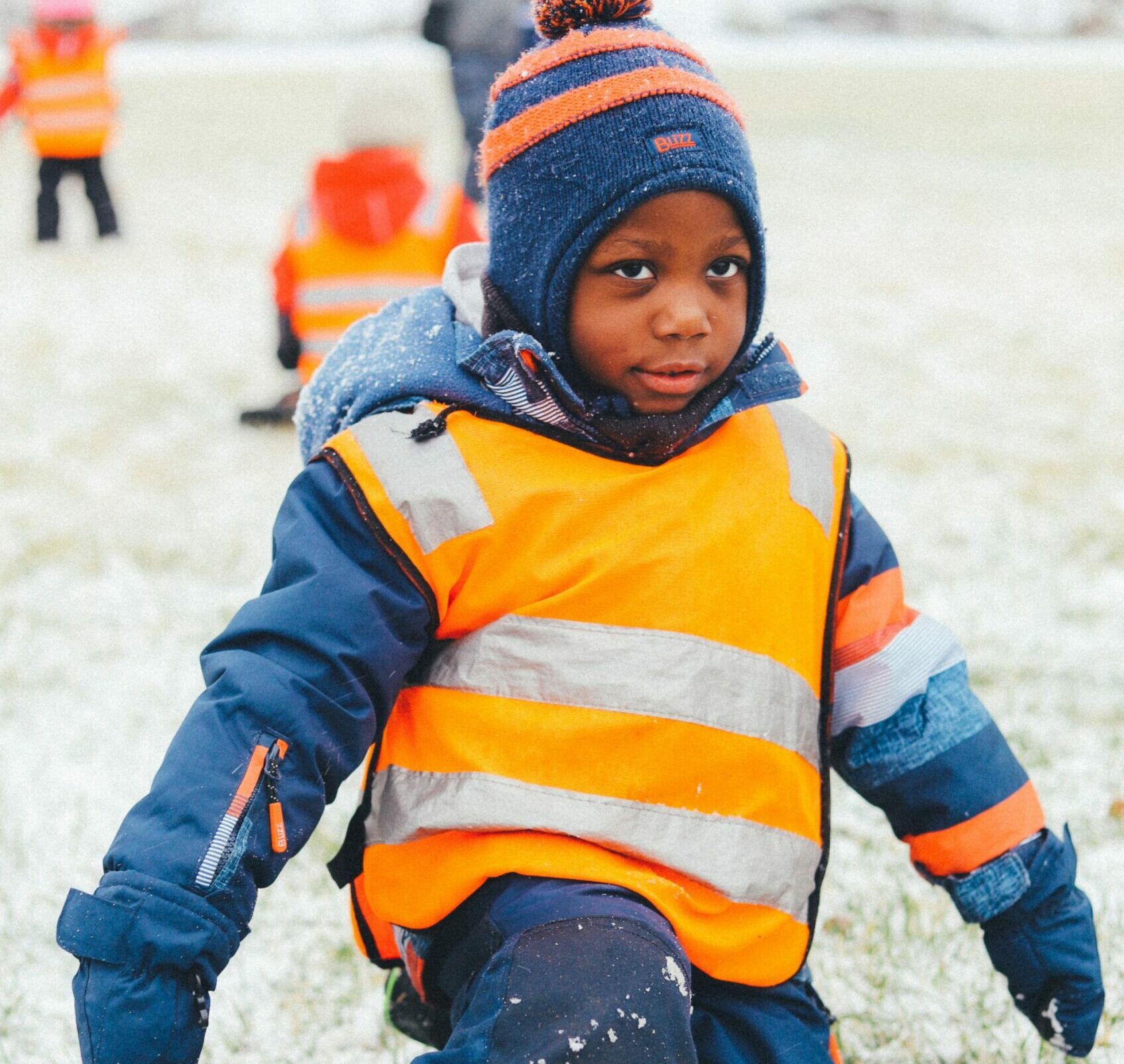
Tips and Tricks for Staying Warm
How do we enjoy the winter season, all the while staying warm? There’s no such thing as bad weather, only bad clothing choices! We explained the onion method in a previous newsletter (it involves dressing in layers). Here are a few more tips to keep your extremities nice and toasty.

Hands
Let your fingers share the heat between them by using mittens instead of gloves. A pair of waterproof, well-insulated mittens will do the trick. If you spend long periods of time outdoors, why not keep a few hand warmers in your pockets? These little heat packs are very effective, especially if you suffer from circulation problems in the cold. If kids tend to take off their mittens, try the magic mittens trick.
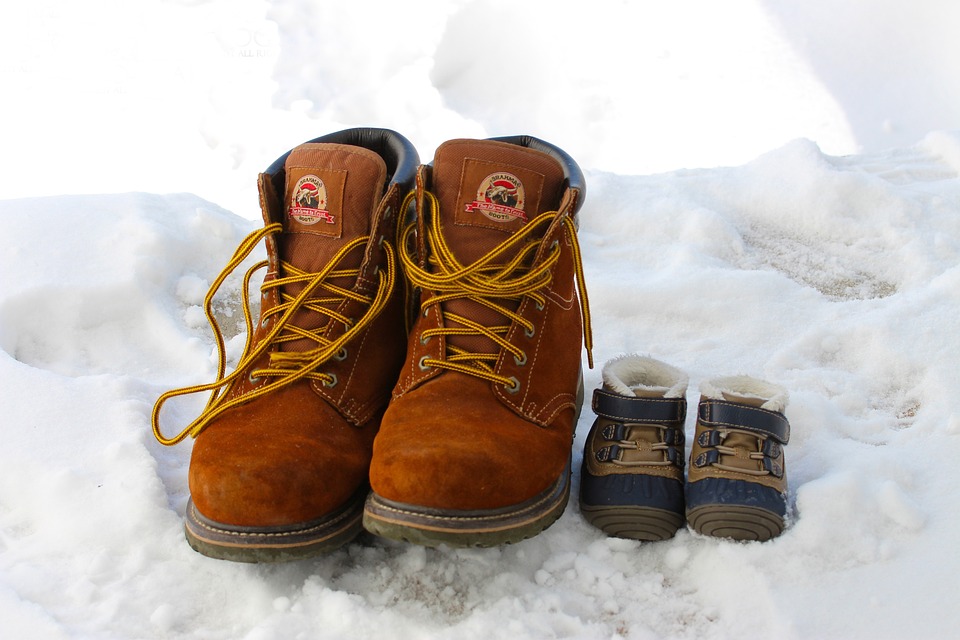
Feet
To prevent chills, try to stay active by moving around. Winter boots should be loose enough to allow blood circulation. In winter, cotton, which retains moisture and cold, should be discarded and replaced with wool or synthetic material that retains heat more effectively. Children’s feet grow very quickly, but it is important that they have space in their boots. Thrift stores can be an economical and ecological solution.
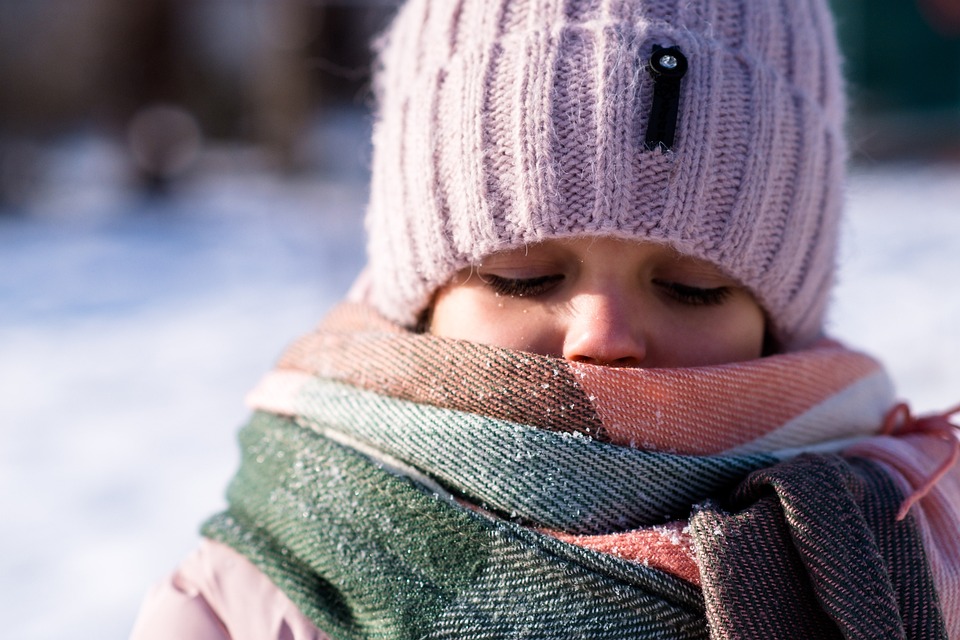
Hat
Your hat, toque or cap should cover your ears. If it is very cold, make sure you also cover your earlobes! Remember: wool is much more insulating than cotton.
That’s it, you’re ready to go! So let’s go outside and play and enjoy this beautiful winter season!









